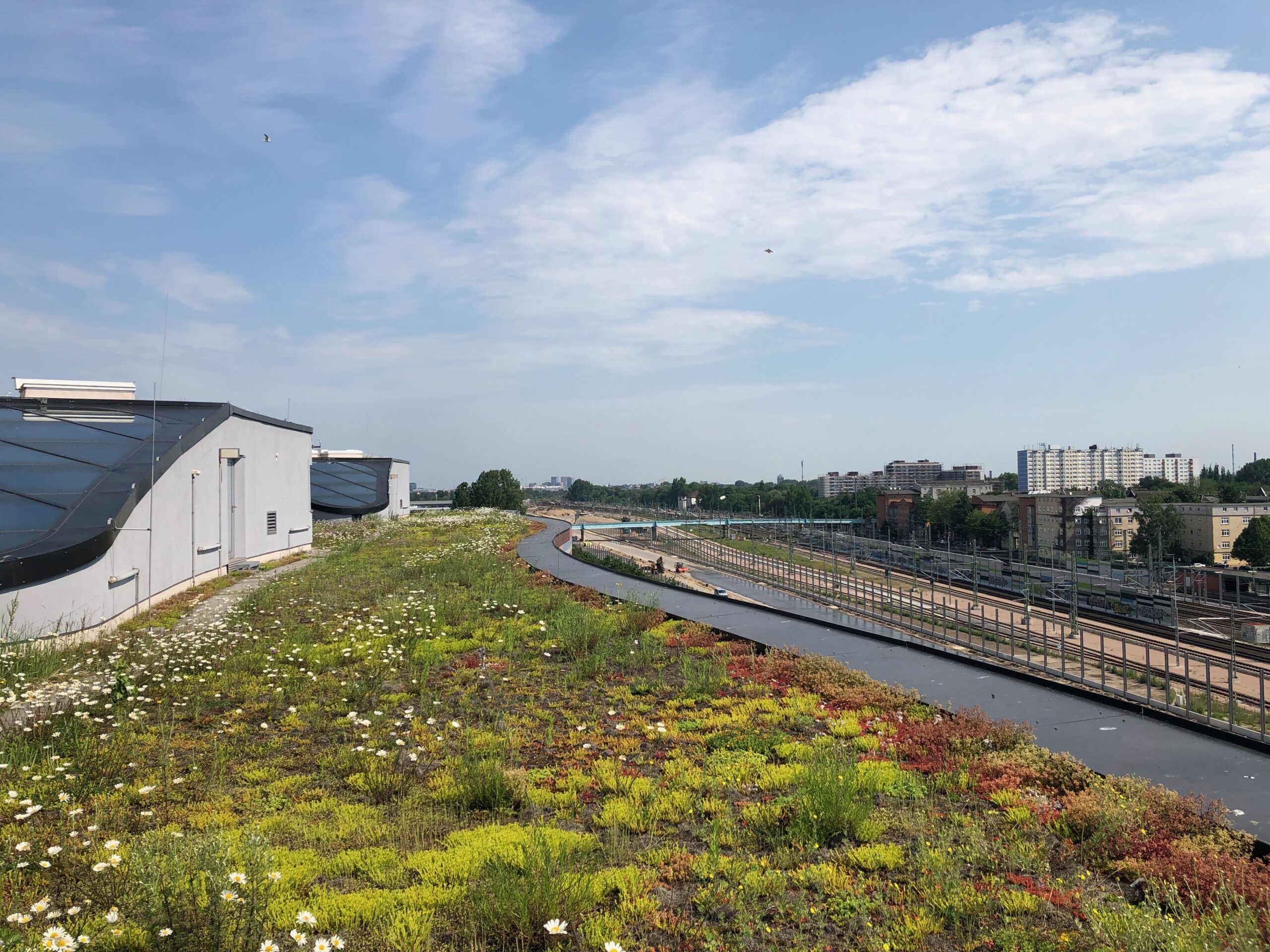Green roofs in the cities as a response to effects of climate change – GRAD final conference
After more than two years of work on the creation of pilot strategies for the development of green roofs, the summary and presentation of the results of the project took place online. The project has contributed to the development of documents that combine in a new and innovative way the objective of sustainable urban development with climate policy objectives such as climate change adaptation and protection. On December 11, 2020, the final conference of the GRAD project: Green roofs as a climate change adaptation tool for urban areas gathered plenty of people interested in a comprehensive approach to the development of green roofs in cities.

More than 100 participants were welcomed by Ms. Anna Jaskuła, Office Director of the Association of Municipalities Polish Network “Energie Cités”, which together with the City of Hamburg is implementing the GRAD project.

Mr. Matthias Daun, Energy and Climate Policy Advisor from the European Climate Initiative (EUKI) gave a speech and presented what the European Climate Initiative is, what the EUKI offers to cities and municipalities and how to obtain the funding it offers. We guested on the event also Mr. Wojciech Augustowski, a representative of the Ministry of Climate and Environment from Poland, who talked about cities in the process of adaptation to climate change and national instruments supporting local actions. He also presented the results of the first nationwide research conducted by the Ministry concerning urban greenery.
The experience of Hamburg in the implementation of the green roof strategy was an inspiration to start working on such strategies in Polish cities. Dr Hanna Bornholdt from the City of Hamburg talked about the effects of actions taken by this German city. She underlined the importance of political declarations of local government representatives, as well as cooperation with other organizations and experts, educational activities and municipal model projects in achieving the success of such a document.
The final conference was a good occasion to summarize all activities carried out within the project and provided a good opportunity to discuss and exchange experiences between representatives of cities and those interested in a comprehensive approach to the development of green roofs in cities and local instruments supporting this development. We would like to sincerely thank all experts, speakers, representatives of cities, employees of municipal offices, participants of the event and all persons who have been involved in the activities of the GRAD project over the last 2 years. We hope that the documents developed will contribute to intensification of green roof development and popularization of this type of solutions among developers, entrepreneurs and city residents.
